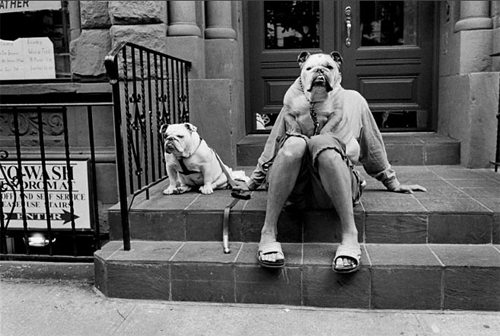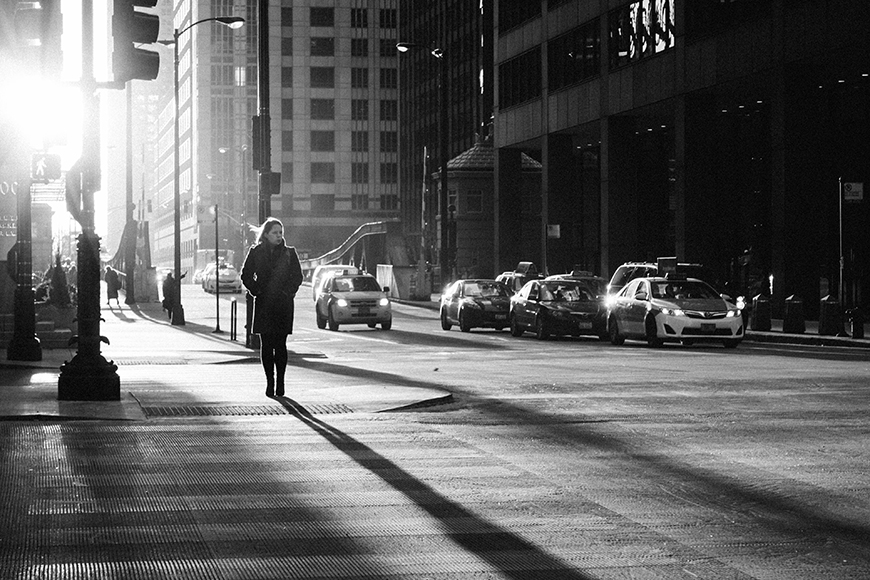Street Photographers Fundamentals Explained
Street Photographers Fundamentals Explained
Blog Article
8 Simple Techniques For Street Photographers
Table of ContentsSee This Report about Street PhotographersFacts About Street Photographers RevealedThe 25-Second Trick For Street Photographers7 Easy Facts About Street Photographers DescribedLittle Known Facts About Street Photographers.
Street photographers do not always have a social objective in mind, but they choose to isolate and catch minutes which could otherwise go undetected.Though he was influenced by most of those who affected the street photographers of the 1950s and '60s, he was not primarily curious about catching the spirit of the street. The impulse to aesthetically record people in public began with 19th-century painters such as Edgar Degas, douard Manet, and Henri de Toulouse-Lautrec, who functioned side by side with professional photographers attempting to capture the significance of metropolitan life.
While the photographers' topic was basically the very same, the outcomes were significantly different, showing the influence of the photographer's intent on the personality of the photos he produced.
Street Photographers Fundamentals Explained
Offered the fine high quality of his pictures and the breadth of product, engineers and artists commonly purchased Atget's prints to use as referral for their very own job, though industrial rate of interests were barely his major inspiration. Rather, he was driven to photograph every last remnant of the Paris he loved.

Unlike his peers, Brassa utilized a larger-format Voigtlnder cam with a much longer direct exposure time, requiring him to be a lot more calculated and thoughtful in his technique than he could have been if making use of a Leica. (It is believed that he may not have actually been able to pay for a Leica during that time, but he did, nonetheless, make use of one in the late 1950s to take colour photographs.) Brassa's pictures of the Paris abyss lit up by man-made light were a revelation, and the compilation of the collection that he published, (1933 ), was a significant success.

The Only Guide for Street Photographers
It is due to this fundamental understanding of the art of photo taking that he is usually attributed with finding the medium throughout again about a century since its innovation. He took pictures for greater than a half century and affected generations of photographers to trust their eye and intuition in the moment.
These are the concerns I shall try to address: And then I'll leave you with my very own interpretation of road photography. Yes, we do. Allow's begin with specifying what an interpretation is: According to it is: "The act of defining, or of making something definite, unique, or clear".
No, certainly not. The term is both limiting and misguiding. Seems like a street digital photography should be photos of a streets appropriate?! And all road photographers, besides a handful of absolute beginners, will totally appreciate that a street is not the essential element to road photography, and really if it's an image of a street with perhaps a couple of monotonous individuals doing absolutely nothing of passion, that's not road photography that's a picture of a road.
Street Photographers Fundamentals Explained
He read what he said makes a valid point do not you think? While I agree with him I'm not sure "honest public photography" will capture on (although I do kind of like the term "honest digital photography") since "road digital photography" has actually been around for a lengthy time, with lots of masters' names attached to it, so I think the term is right here to remain. Street Photographers.
Inside?! I hear you yell as you tremble your fist to the sky. Why not? You can fire at the coastline, at a festival, in an alley, in a park, in a piazza, in a coffee shop, at a museum or art gallery, in a metro terminal, at an event, on a bridge, under a bridge ...
Yes, I hesitate we have no choice! Without rules we can not have a definition, and without a meaning we do not have a genre, and without a genre we don't have anything to specify what we do, therefore we are embeded a "policies interpretation genre" loophole! And no-one intends to obtain stuck in a loophole. - Street Photographers

Report this page